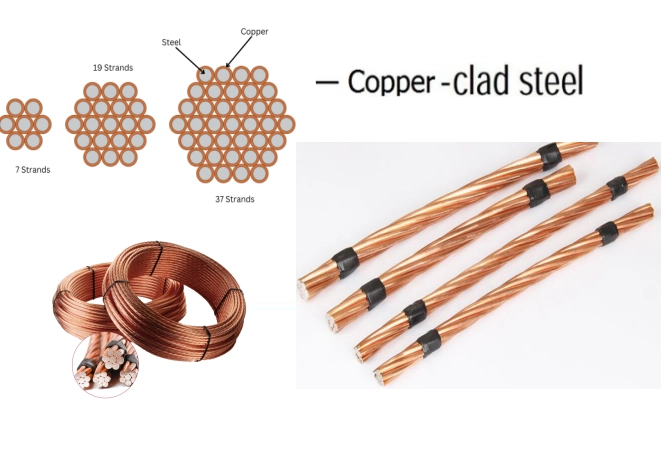When it comes to enhancing indoor air quality and comfort, selecting the right fan is crucial. Whether you're looking to cool down a stuffy room, circulate air in a large space, or create a pleasant ambiance, the options can be overwhelming. This comprehensive guide will walk you through the essential factors to consider when selecting a fan, ensuring you make an informed decision that meets your specific needs.
- Understanding Fan Types
Before diving into the selection process, it's essential to understand the various types of fans available on the market:
- Ceiling Fans: Ideal for large rooms, ceiling fans circulate air efficiently and can be used year-round with reversible motor options for both cooling and heating.
- Table and Floor Fans: Portable and versatile, these fans can be easily moved from room to room. They are perfect for personal cooling or for use in smaller spaces.
- Wall-Mounted Fans: These fans save floor space and are excellent for areas with limited room, such as garages or workshops.
- Exhaust Fans: Primarily used in kitchens and bathrooms, exhaust fans help remove moisture and odors, improving air quality.
- Industrial Fans: Designed for large spaces like warehouses or factories, these fans provide powerful airflow and durability.
- Assessing Room Size and Fan Placement
The size of the room plays a significant role in fan selection. To determine the appropriate fan size, consider the following:
- Ceiling Height: For ceiling fans, a standard height of 8 to 9 feet is ideal. If your ceilings are higher, consider a fan with a longer downrod to ensure optimal airflow.
- Room Dimensions: Measure the square footage of the room. For example, a fan with a blade span of 42 inches is suitable for rooms up to 144 square feet, while a 52-inch fan can effectively cool spaces up to 400 square feet.
- Airflow and Efficiency Ratings
Airflow is measured in cubic feet per minute (CFM), which indicates how much air a fan can move. When selecting a fan, consider the following:
- CFM Ratings: Look for fans with higher CFM ratings for larger spaces. A fan with a CFM of 4,000 or more is ideal for large rooms, while smaller rooms may only require 1,500 to 3,000 CFM.
- Energy Efficiency: Check for the Energy Star label, which indicates that the fan meets energy efficiency guidelines set by the U.S. Environmental Protection Agency. Energy-efficient fans can save you money on electricity bills while providing optimal airflow.
- Noise Levels and Motor Types
The noise level of a fan can significantly impact your comfort, especially in bedrooms or quiet spaces. Consider the following:
- DC Motors vs. AC Motors: Fans with DC motors are generally quieter and more energy-efficient than those with AC motors. They also offer more speed settings, allowing for greater customization of airflow.
- Noise Ratings: Look for fans with a noise rating of 50 decibels or lower for a quieter operation. Reading customer reviews can also provide insights into the noise levels of specific models.
- Design and Aesthetics
While functionality is paramount, the design of the fan should also complement your interior decor. Consider the following:
- Style: Fans come in various styles, from modern and sleek to traditional and ornate. Choose a design that aligns with your home’s aesthetic.
- Finish: The finish of the fan can affect its appearance and durability. Options include wood, metal, and plastic finishes, each offering different visual and functional benefits.
- Additional Features
Modern fans come equipped with various features that enhance usability and convenience:
- Remote Control: Many fans now include remote controls, allowing you to adjust settings without getting up.
- Smart Technology: Some fans can be integrated with smart home systems, enabling you to control them via smartphone apps or voice commands.
- Lighting Options: Ceiling fans with integrated lighting can serve dual purposes, providing both airflow and illumination.
Conclusion
Selecting the right fan involves careful consideration of various factors, including room size, airflow efficiency, noise levels, design, and additional features. By understanding your specific needs and preferences, you can choose a fan that not only enhances your comfort but also complements your living space. Remember to prioritize energy efficiency and airflow ratings to ensure you make a sustainable choice. With the right fan, you can create a comfortable and inviting environment in your home, no matter the season.

More Stories
Copper Clad Steel Strand Wire for Solar Farm: Grounding Solution Balances Strength, Conductivity, and Cost
Kaisen: Leading Cyclone Separator Manufacturer Offers High Efficiency at Affordable Prices
Applications of Ozone in Water Treatment: Understanding Processes, Mechanisms, and Advantages